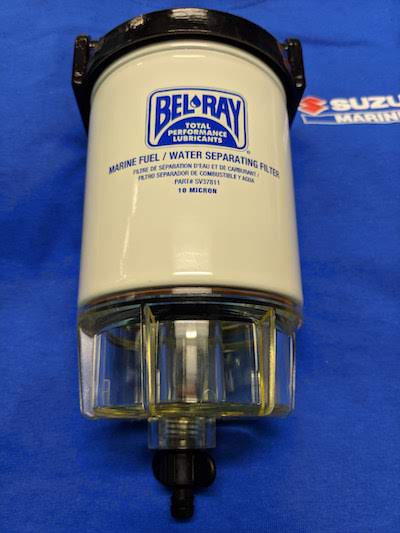
How To Winterize Your Boat
This is one of those articles that you may just want to keep around until you need it. Sooner or later, you are likely going to want to winterize your boat. While there’s no reason not to fish the somewhat mild winters Vancouver Island typically experiences, you may call it quits at some point, or at least prepare for a spell of subzero temperatures.
Boats aren’t cheap to maintain on a good day, and insurance (which we hope you have) likely doesn’t cover negligence. And while storing in a temperature-controlled environment will always be your best bet, it may not be an option for you. If you plan to leave your boat outdoors for the entire winter, shrink wrapping is an option, but be forewarned: Any moisture trapped inside will mold. Bilge areas, life jackets…your boat really does need to be completely bone-dry. At the very least, be sure to cover your boat with a tarp, and do what you can to avoid excess snow accumulation, which is anything but lightweight. In any case, luck favours the prepared.
Depending on your level of “handiness,” there are things you can do yourself to at the very least put you on the good side of that luck; that’s where this list will live. However, there will never be a substitute for having a professional do it right—especially if you aren’t comfortable with some of the items on this list. Sure, it will cost a few bucks, but you’ll sleep well knowing your baby is going to be OK for when you’re ready to get back on the water. And if you ask in advance, your mechanic can help familiarize you better with your own boat and the specifics it may uniquely need. When we considered this article, we asked Jeremy Waugh of Breakers Marine in Port Alberni to create the list, and share some products that will do the job. Go to a pro, right?
With that, here’s the checklist to winterize your boat (click here for a PDF download to print off as a checklist):
Fishing Gear and Supplies
Remove your gear and store in Rubbermaid or similar containers—be sure tackle is rinsed and stored dry. Take photos of all the gear so you know what you have for the next season. It’s easy to print a photo of the contents and tape it to the outside of the container or have a quick look on your phone when you are at the tackle shop.
Remove downriggers and store in your basement or garage—somewhere secure and safe.
Remove any stored food, cleaning products, clothes, and other general items that can possibly mold.
Remove extra fuels such as gas, butane, propane, alcohol, and otherwise.
Invest in outboard and trailer hitch locks and secure.
Water Systems
Clean bilge compartment, drain/dry out any standing water.
Inboard engines should have their cooling systems drained, then run RV antifreeze through.
Drain any other water source on the boat, and add RV antifreeze to holding tanks, bus heaters, toilet systems, washdown pumps, and fish boxes with water systems/macerators. NOTE: consult your user manual or your mechanic for this step.
Fuel System
Fill tank(s) to nearly full, approx. 95%. This reduces the opportunity for condensation to accumulate over the winter.
Replace fuel/water separator filter.
Add fuel stabilizer in appropriate quantity to tank. Run through engines, ~10 minutes.
Drain fuel from carburetors or fuel VSTs (vapor separator tanks). Below is a picture of draining a VST on a small kicker motor. There is an aluminum block below the fuel pump, with a drain hose attached. Just run the drain hose to a small container and open the release screw with a screwdriver to drain any standing fuel. NOTE: Consult your user manual or your mechanic for this step.
Engine
Add fogging oil to intake system while running. Remove spark plugs and fog in each cylinder, turning flywheel or propeller a few times to distribute.
Replace gear oil. Everyone puts this off, but now’s the time to check the condition. If there’s any water present, now is the time to deal with it before it freezes and cracks. NOTE: Consult your user manual or your mechanic for this step.
Store with leg/outboard down, as they are self-draining.
Inboard engine—while regular coolant/antifreeze is ideal to run through inboard cooling systems, it’s not environmentally friendly, unlike RV Antifreeze, which is potable.
Again, if there are items on this list that are beyond your comfort level, call a professional. Use the checklist —download and print. Tick off the ones you do and date them, then bring the checklist into a marine mechanic to finish the list.
Once everything is done, put your boat keys in a zippered storage bag with the list, and you’ll know where you are at—or take a photo of the list with your phone. Thanks to Jeremy and the staff at Breakers Marine for helping with this article. Breakers had its beginnings in 1987 in Bamfield, which is a testament to knowing the needs of fishermen who push the limits.
Visit the Store
$34.99
$34.99
Featured Catch

Joel Unickow halibut (Photo: Rob Frawley Lucky Strike Sportfishing Tofino)









